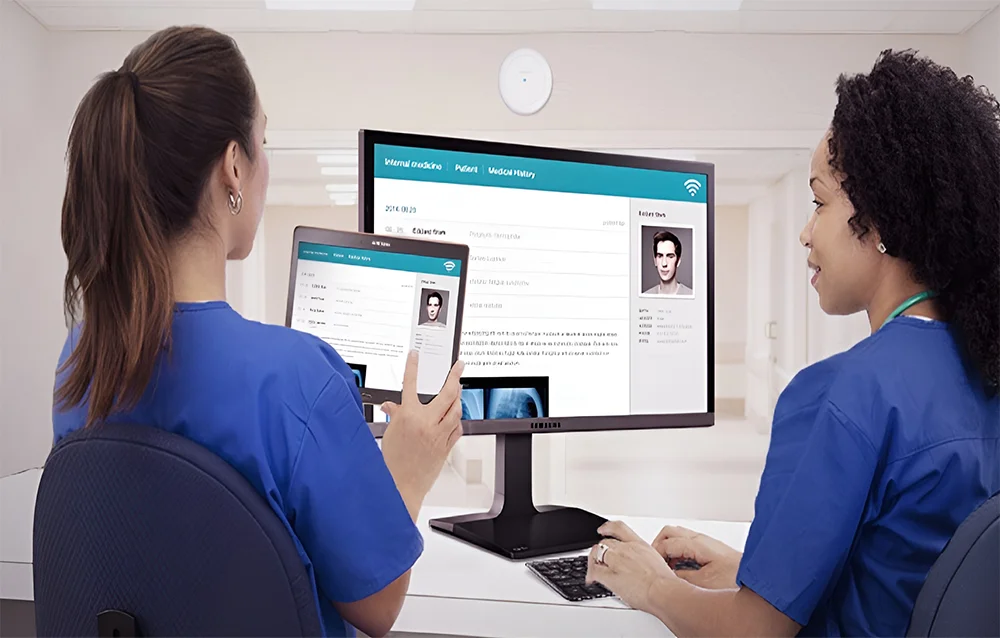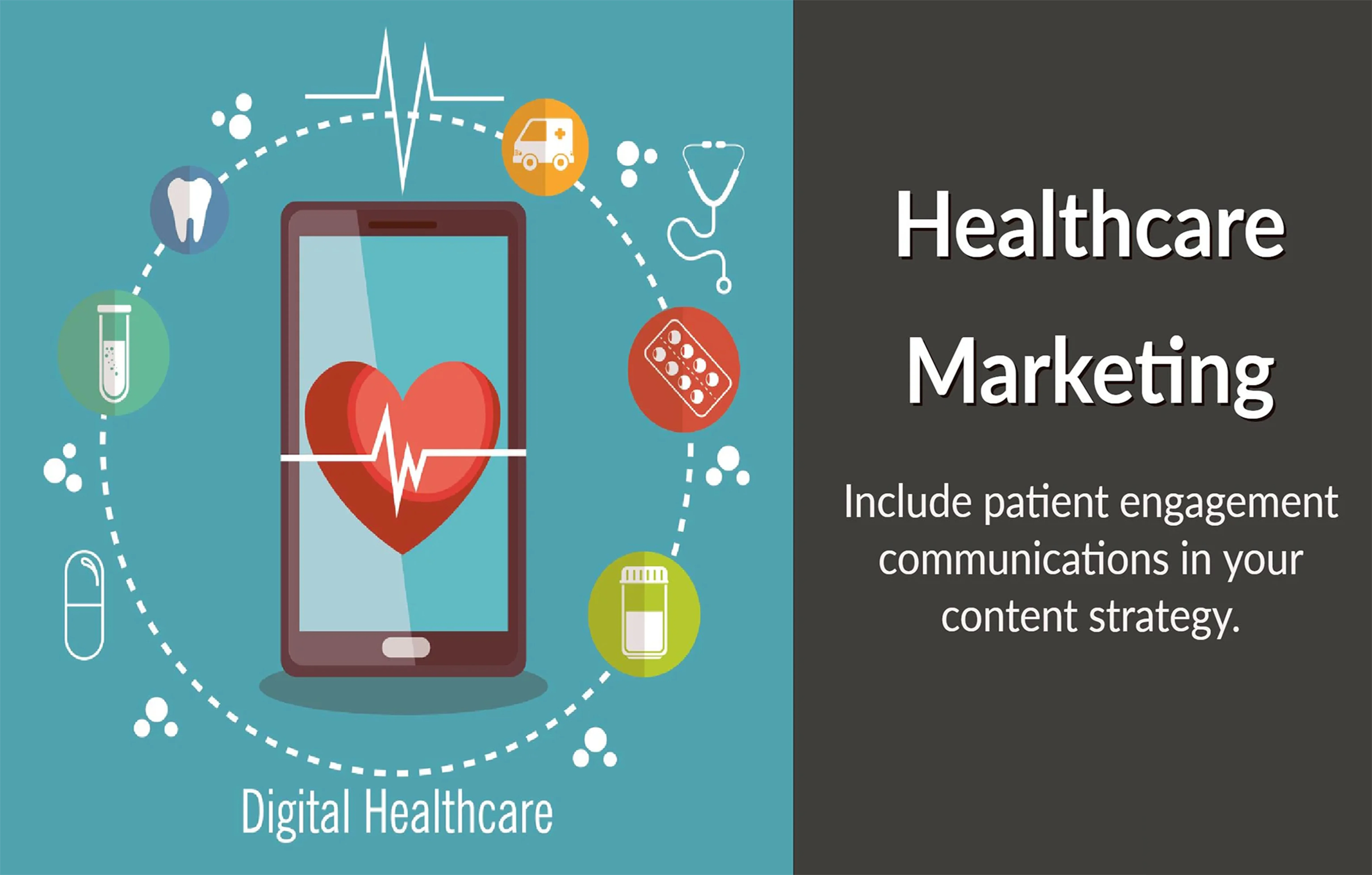
Top 7 medical billing challenges 2025 | Solutions
By Billmate
Sept. 2, 2025, 12:17 p.m.
Introduction
For healthcare providers, the revenue cycle is only as strong as the billing behind it. Yet, the realities of medical billing challenges in 2025, including more stringent documentation requirements, payer-specific rules, shifting technology, and rising patient financial responsibility, make consistent cash flow difficult. Whether you lead a hospital, multi-speciality clinic, or private practice, solving billing pain points requires a blend of medical billing solutions, airtight processes, compliant workflows, and, for many organisations, strategically outsource medical billing to specialists who do this all day, every day.
This guide breaks down the top seven medical billing challenges you’re likely to face in 2025 and offers practical, step-by-step tactics to reduce billing errors, cut down claim denials in medical billing, and maximise healthcare reimbursements. We’ll also share a concise medical billing compliance checklist 2025 and actionable revenue cycle management tips for healthcare providers.
Why it matters: Denial rates and payer complexity aren’t going away. In fact, recent analyses show that initial denial rates can be high across payer types, with Medicare Advantage plans denying a significant share of initial claims, and hospitals spending billions on appeals. (Health Affairs, American Hospital Association)
1. Rising Claim Denials
What’s happening: Claim denials remain a major drain on revenue. Studies and market scans continue to show substantial initial denial rates across payer types. For example, Medicare Advantage plans have been observed denying a notable portion of initial submissions, and hospitals collectively spend billions contesting denials. (Health Affairs, American Hospital Association)
How to overcome it
● Tighten front-end data quality. Validate demographics, insurance eligibility, and prior authorisation before the visit. Small front-end misses drive costly back-end denials.
● Standardise documentation checklists by payer. Build templated requirements (e.g., medical necessity notes, modifiers, attachments) for your top five payers.
● Deploy claim scrubbing consistently. Use automated scrubbers to flag missing data, mismatched codes, or NCCI edits before submission; this alone can prevent many denials.
● Stand up a denial-management playbook. Track denials by category (COB, medical necessity, coding), set appeal SLAs, and perform root-cause analysis to prevent recurrence.
● Benchmark your rates. Compare denial rates by payer and service line to prioritise fixes where impact is largest.
● KPI targets to watch: Initial denial rate; first-pass acceptance rate; appeal overturn rate; average days to resubmission.
2. Medical Coding Errors
What’s happening: With frequent updates to CPT®, HCPCS, and ICD-10-CM/PCS, even seasoned teams can slip. Coding errors fuel denials, rework, audit risk, and lost revenue. AAPC guidance consistently highlights documentation gaps, incorrect modifiers, and unbundling as chronic issues.
How to overcome it
● Invest in continuous coder education. Align quarterly refreshers with payer bulletins and annual code set updates.
● Adopt assisted coding/automation. Emerging AI-assisted medical coding can improve capture accuracy, lower manual workload, and help standardise coding across sites (PMC)
● Do focused pre-bill audits. Sample high-risk specialities (e.g., orthopaedics, cardiology) and high-dollar encounters.
● Tighten provider documentation. Short provider tip sheets (e.g., “modifier 25/59” do’s and don’ts) reduce repeat errors.
Quick win: Prioritise your top 10 denial reasons and map each to a concrete coding/documentation fix.
3. Compliance Pressure (HIPAA and Beyond)
What’s happening: Privacy, security, and billing integrity are non-negotiable, and enforcement is active. The HHS Office for Civil Rights (OCR) continues to announce settlements and penalties. Providers and business associates must ensure HIPAA compliance from the front desk to the back end (HHS.gov).
How to overcome it
● Follow a written compliance program. Include policies for access controls, minimum necessary, BAAs, breach reporting, and sanctions.
● Harden your tech stack. Encrypt data, enforce MFA, maintain audit logs, and perform routine risk assessments.
● Train everyone, not just billing. Annual HIPAA and documentation training reduces accidental disclosures and billing inaccuracies.
● Vet vendors rigorously. If you outsource medical billing, confirm HIPAA posture, incident response, and on-shore/off-shore controls in writing.
Compliance reference: OCR’s public enforcement highlights demonstrate ongoing settlements and the significant financial stakes associated with non-compliance.
4. Slow Reimbursements and Cash-Flow Gaps
What’s happening: Even when claims are clean, reimbursement lags can stretch cash flow. Administrative steps, prior authorisation, medical necessity reviews, and coordination of benefits introduce friction.
How to overcome it
● Accelerate first-pass clean claims. Clean claims are paid faster; aim for a rate of over 90% first-pass acceptance.
● Automate status checks. Use clearinghouse APIs or RPA to monitor claim status and trigger timely follow-ups.
● Segment and prioritise follow-ups. Focus first on high-value claims and payers with longer cycles.
● Optimise patient collections. Transparent estimates, payment plans, and digital statements decrease A/R ageing on the patient-pay side.
Operational tips: Track Days in A/R, Net Collection Rate, and Cash as % of Charges weekly to catch slippage early.
5. Administrative Burden on Clinical Staff
What’s happening: Clinicians and front-office teams are overloaded with administrative tasks. Excessive manual work diverts attention from patient care and introduces an error risk. RCM research in the literature underscores the value of standardised, technology-supported workflows across the revenue cycle (PMC).
How to overcome it
● Standardise intake and eligibility. Automate insurance verification and benefits discovery to prevent back-end rework and streamline processes.
● Centralise prior authorisation. Move PA to a dedicated team with payer-specific scripts and checklists.
● Right-staff your billing office. Define roles (posting, AR follow-up, denials) to avoid bottlenecks.
● Consider outsourcing. Offload non-clinical tasks to a medical billing services partner in the USA, allowing clinicians to focus on patient care.
● Decision signal: If your denial rate is greater than 10% and Days in A/R is greater than 45, it’s time to reassess your structure, tooling, or consider why outsourcing medical billing services in the USA might be the right move.
6. Technology Gaps and Fragmented Systems
What’s happening: Legacy PM/EHR platforms, swivel-chair processes, and poor integrations create avoidable errors and delays. Meanwhile, AI-assisted tools for charge capture, documentation integrity, and coding are maturing, with published evidence of benefits in accuracy and throughput.
How to overcome it
● Map the revenue data flow. Document how data moves from scheduling → documentation → coding → claims → payments. Find breakpoints.
● Adopt automation carefully. Use AI where it’s proven: documentation integrity, code suggestions, workqueue prioritization. Keep a human in the loop.
● Tighten integrations. Ensure EHR ↔ billing system interfaces carry all required data elements (modifiers, attachments, NDCs).
● Establish change control. Every payer rule update or software change should pass through testing and sign-off before going live.
Success metric: Reduction in manual touches per claim; decrease in rework loops.
7. Payer Variation and Prior Authorisation Complexity
What’s happening: Payer rules evolve constantly, and requirements differ across Medicare, Medicaid, employer-sponsored plans, and marketplace coverage. Analyses show differences in denial experiences by payer type, insight you can use when prioritising workflow tweaks and escalation paths.
How to overcome it
● Segment by payer. Build payer-specific SOPs and quick-reference guides (top denial reasons, documentation, timelines).
● Use checklists for PA. Standardise PA intake (diagnosis, clinical criteria, prior treatments tried) and maintain a payer matrix of requirements.
● Escalate intelligently. Track overturn rates and escalation contacts; use data to press for policy clarifications.
● Close the loop with clinicians. Share denial patterns with providers to tighten medical necessity narratives and coding specificity.
Medical Billing Compliance Checklist 2025 (Quick Reference)
Use this HIPAA-aware checklist to keep your operation tight:
● Access Controls & MFA: Role-based access, unique logins, and multi-factor authentication.
● Encryption & Device Security: Encrypt PHI in transit and at rest; secure mobile devices.
● Business Associate Agreements (BAAs): In place and current for all vendors with PHI access.
● Audit Logs & Monitoring: Log access and changes, reviewing them regularly.
● Risk Assessment: Conduct an annual security risk analysis and document the corresponding mitigation steps.
● Workforce Training: Annual HIPAA + coding/compliance training with attestation.
● Incident Response Plan: Define breach reporting timelines and responsibilities.
● Minimum Necessary Standard: Configure workflows to limit PHI exposure.
● Secure Data Exchange: Use secure APIs/clearinghouses for claims, remits, and attachments.
● Documentation Integrity: Ensure medical necessity and coding specificity support billed services.
HHS OCR regularly publishes enforcement actions and settlements; use these to educate leadership on real-world risk.
When (and Why) to Outsource Medical Billing
For many organisations, the most cost-effective route is to outsource medical billing to a specialised team that brings scale, technology, and compliance maturity. Common triggers include:
● Denials >10% despite internal improvement efforts
● A/R creeping past 45–60 days
● Frequent staffing gaps (vacancies, turnover)
● Compliance anxiety around HIPAA, audits, or payer documentation
● Expansion (new specialities, locations) outpacing internal billing capacity
Benefits to expect: faster first-pass acceptance, standardised workqueues, proactive denial prevention, continuous coding education, and disciplined compliance reporting—collectively driving medical billing outsourcing benefits that stabilise cash flow and free your team to focus on care.
Conclusion
The forces shaping medical billing challenges in 2025, including payer intensification of utilisation review, evolving documentation rules, and rising patient responsibility, will continue to test practice finances. The good news: with targeted medical billing solutions, disciplined processes, and smart adoption of medical billing automation in 2025, you can reduce denials, compress accounts receivable (A/R), and maximise healthcare reimbursements without overwhelming your clinical teams.
What to read next

By Billmate | September 02, 2025
Top 7 medical billing challenges 2025 | Solutions
Learn the top medical billing challenges in 2025 and proven solutions to reduce denials, ensure HIP…

By Billmate | August 05, 2025
Introduction to Patient Registration in Medical Billing
Learn why accurate patient registration is the cornerstone of successful medical billing. Discover …

By Billmate | July 31, 2025
Complete Medical Billing Process: Step-by-Step Guide for Healthcare Providers
A complete step-by-step guide on the medical billing process, from patient registration to follow-u…
Join our team to be a part
of our story
Learn more about our career, education and
posting jobs, and
submit simple application.

